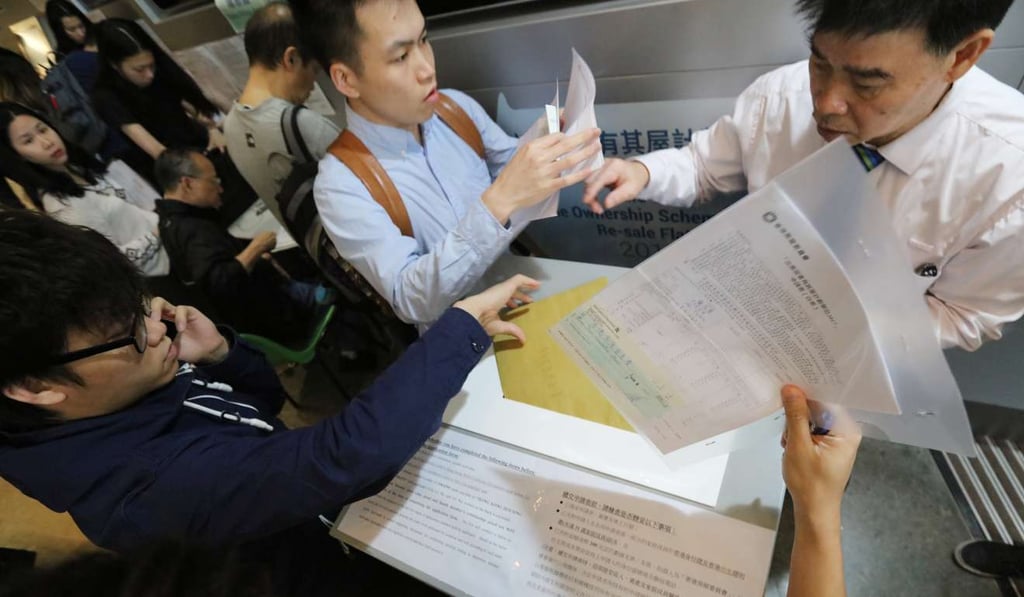The View | Follow these four steps to privatise our welfare housing
‘Privatising the entire stock of public housing will improve economic efficiency, foster social harmony, and empower citizens politically’

The housing malaise in Hong Kong is often seen as a problem of demand growing faster than supply. Government policy aims to firstly manage demand by discouraging transactions through high stamp duties and mortgage down payments in the shorter term, and secondly increase housing supply in the longer term.
Accordingly, the housing malaise is interpreted as a straightforward problem of insufficient housing units. This appears to account for why existing housing units in the private sector are being sub-divided to meet the excess demand and the waiting time for public sector units has lengthened. Such an approach assumes that once enough public and private housing units are built, the malaise will disappear.
But our current housing malaise is not only about insufficient units, it is also about high prices. Three decades of rising property prices have made a very large number of households wealthy because their properties have appreciated greatly in value.

At the same time the present income eligibility criteria to qualify for Homeownership Scheme units is set at a monthly household income of HK$52,000 or less which, according to government surveys, applies to about 80 per cent of households.
By implication, the government is saying that in principle four in five households qualify for public housing subsidies. If this is correct, then it is not at all obvious that government policies are delivering on this goal, as only 45.7 per cent of households currently are in the public sector.
